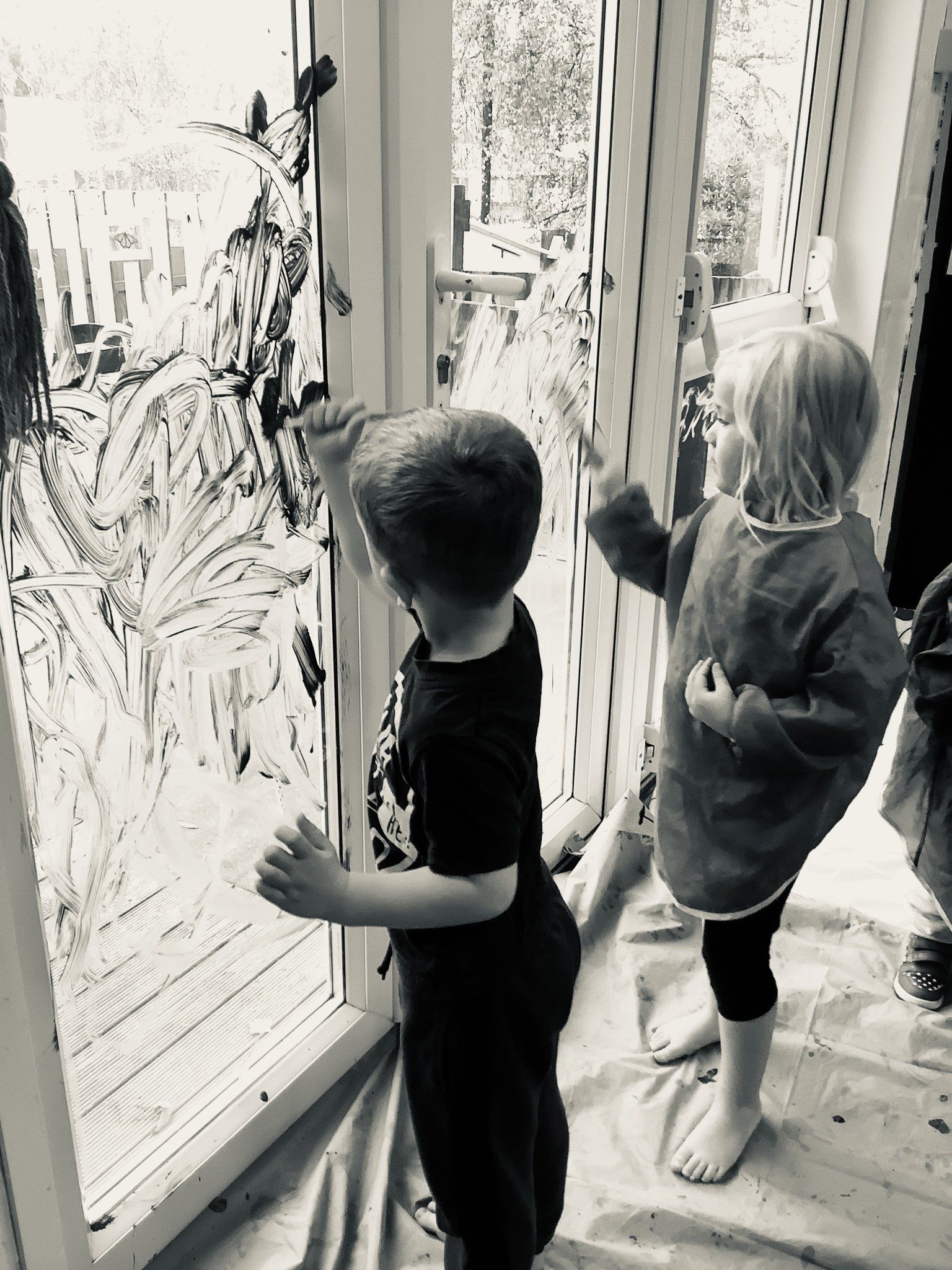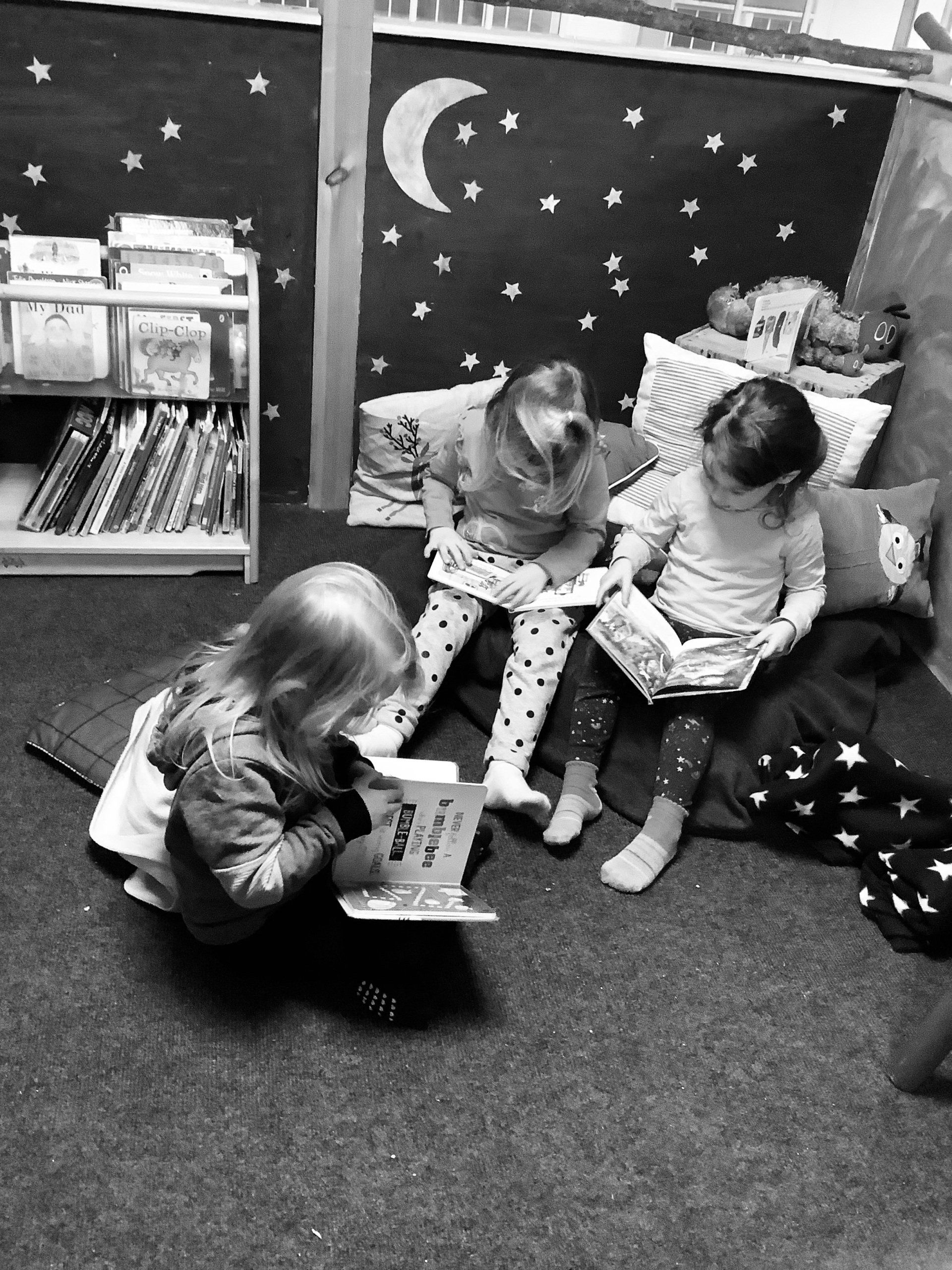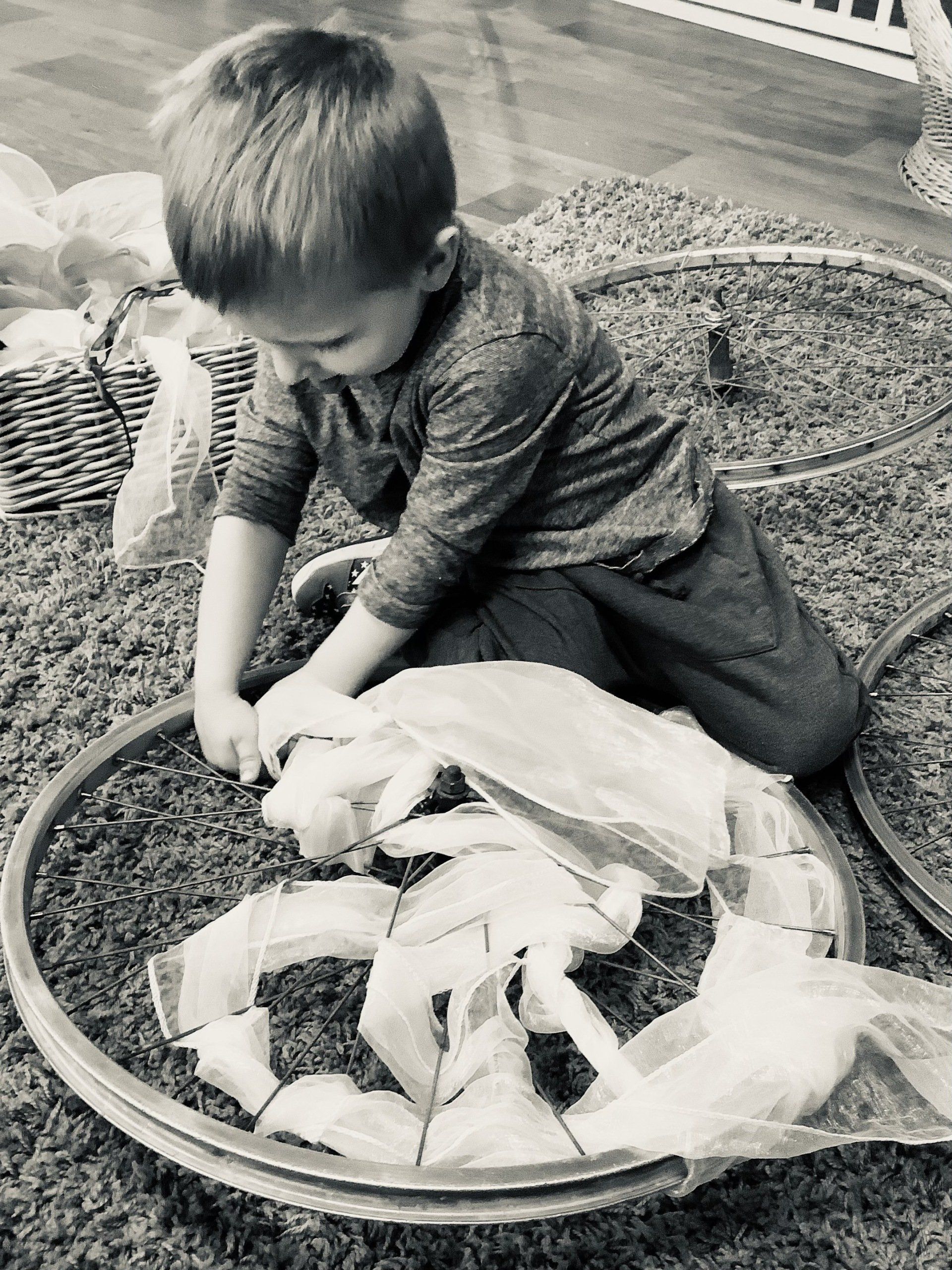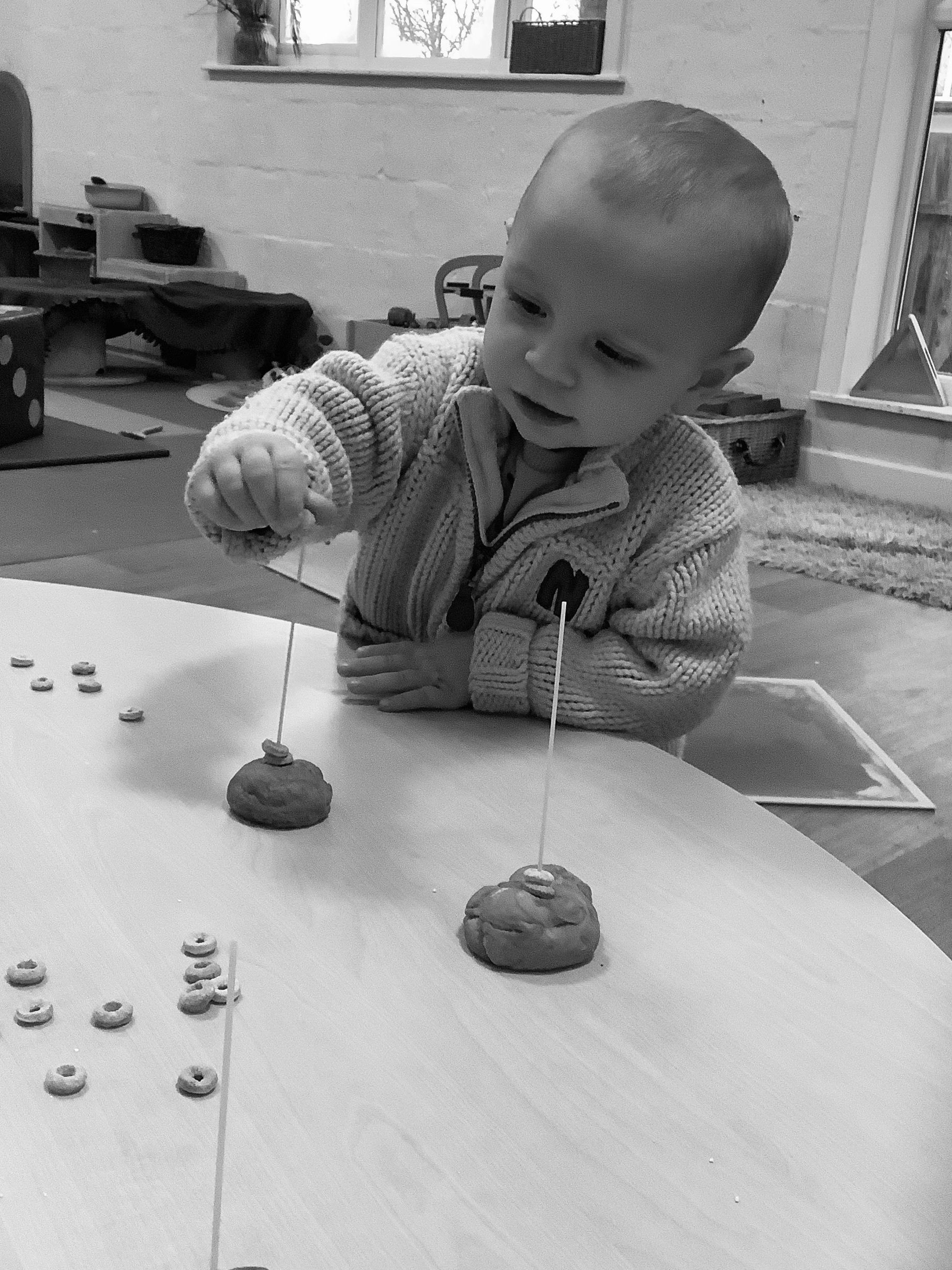The Curiosity Approach
What is The Curiosity Approach? The clue is in the name – the philosophy is centred around the natural curiosity which we are all born with. Providing children with a calm, stress-free environment filled with open-ended resources available at eye-level allows them to figure things out themselves
Instead of directing children, and telling them what to do, the curiosity approach is based on child-led learning. Therefore, children make their own choices, and figure things out for themselves, which leads to enhanced confidence, critical thinking, and problem solving skills.
The Curiosity Approach was founded by Lyndsey Hellyn and Stephanie Bennett. "The Curiosity Approach is more than just beautiful play spaces. It's a modern-day approach to Early Years, taking parts from Reggio, Steiner, Te Whariki and a sprinkle of Montessori." The A to Z of The Curiosity Approach.
It aims to create children who are ‘thinkers and doers’ instead of passive learners who simply follow the direction of an adult.
By creating active learners, children are more engaged in their environment and have a lot more fun. They are in charge of their own development and choose activities which play to their own interests.

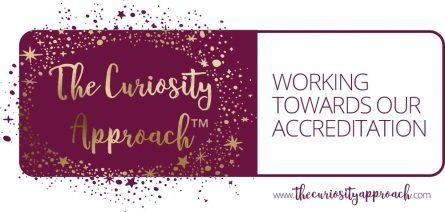
Our aim at Dizzy's Day Nursery is to create a home from home environment which is calming and inviting, where the children can explore, and use their imagination to develop their awe and wonder.
Our staff at Dizzy's Day Nursery are Curiosity Approach Weather Warriors, meaning we are outside come rain or shine. Our children have free flow between their nursery room and garden space, allowing them to explore and develop in the space they feel most comfortable in. Therefore, we ask that our children come prepared and ready to play, with 'nursery clothes' and waterproof clothing.
A big part of the Curiosity Approach is the importance of the process of creating, rather than the final product.
Process over product allows your child to be curious about the world around them, following their own unique style of learning and to be engaged in the joy of doing, rather than worrying about producing the end result. Follow the links below to find out more about process over product.
https://www.thecuriosityapproach.com/blog/process-over-product
https://www.thecuriosityapproach.com/blog/do-aprons-stop-a-child-s-learning

